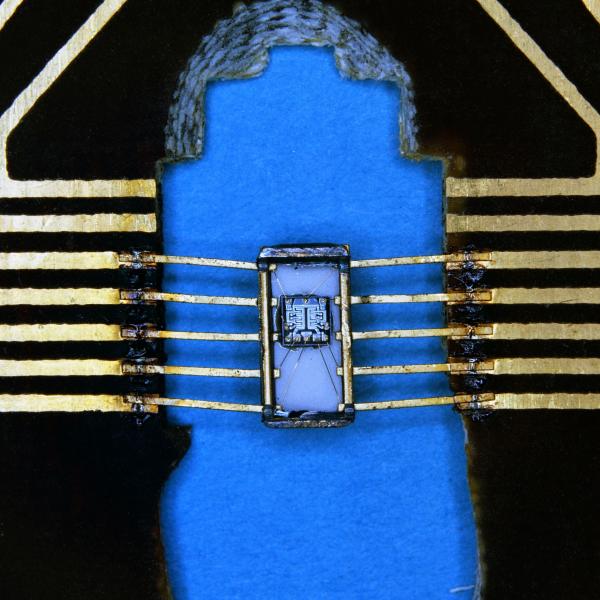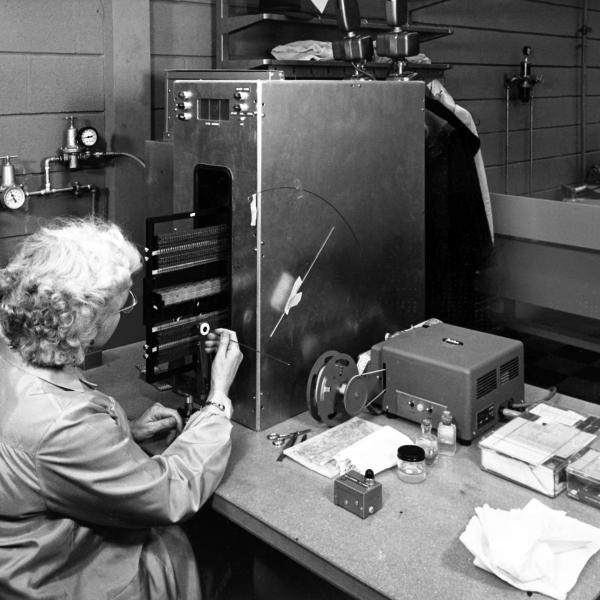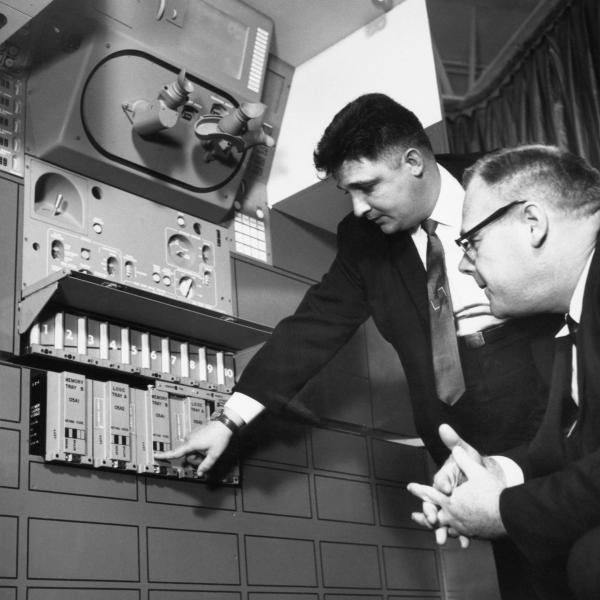
Edward Duggan
Edward Duggan studied at Yale, graduating with a degree in engineering, and came to MIT in the early 1950s to finish his thesis. He found himself a summer job at the Instrumentation Laboratory and ended up staying. Duggan worked in mechanical engineering. He was in charge of the mechanical design of the computer, the electronic modules and the thousands of connections inside the computer and other electronics. One of his mottos was: “no computer I have anything to do with will have intermittent connections.” As a result, Ed was death on soldering. All connections were to be welded by machine, even for integrated circuit to circuit board connections. Where welding wasn’t feasible, he used automated wire wrap connections.
While the computer was being designed, Duggan initiated a small project to explore the feasibility of using multilayer boards for the interconnect wiring of the computer logic boards. Fortunately, this came to fruition at the same time a "show stopper" problem was discovered with the existing interconnect design. With a lot of work by Duggan, his staff, and contractors, the multilayer boards made it in time to avoid delaying the program. This was the first successful aerospace engineering use of boards with the number of layers needed for the Apollo computer.
Duggan was the Director of Electronics Mechanical Design and Production Engineering Division at Draper Labs before he died in 2014. Both before and after the Apollo work, he contributed to Navy missile programs. He worked at the Instrumentation Lab and then Draper Labs for 34 years.
Ed had spent summers in Brockton, a Boston suburb, digging ditches for the gas company. From this experience, his claim to his friends was that the Irish principle of engineering was "first, you dig a hole."


